Emergencies related to liver diseases are commonly encountered in day to day clinical practice. This “Handbook of Liver Emergencies” was conceived following a series of online seminars which were conducted over a year during the covid pandemic. The seminars included leading faculty in the field of hepatology & several important topics related to liver emergencies were discussed threadbare. In view of the keen participation that these seminars generated, it was decided to compile these and publish them in the form of a handbook. The main purpose of this book is to bring awareness about diagnosis & management of various liver emergencies which are commonly encountered. This book is going to be useful for the trainees, physicians, emergency doctor, hepatologists, gastroenterologists, surgeons and all those who are involved in the management of patients with liver diseases. All the efforts have been made to present practical & up-to-date knowledge in the management of liver emergencies. All the authors are leading experts in their fields and have contributed immensely in the creation of this handbook. This is the first of its kind book wherein all the liver related emergencies are compiled in one place. All the chapters are lucidly written & are supported by relevant references. In the end, there is an annexure which includes important grading & classification systems of liver related issues for ready reference of the readers.
| Categories: | All, distributed, Gastroenterology & Hepatology |
|---|
| Weight | 750 kg |
|---|---|
| Dimensions | 27 × 19 × 2 cm |
Related products
-
Current Progress in Obstetrics and Gynecology – Volume 5
₹1,225.00In its 5th Volume the now CLASSIC comes with a value addition in the form of Multiple Choice Questions, which would highly beneficial to one and all. The Editors have gathered an ensemble of acclaimed clinicians giving an insight to various key aspect in Obstetrics and Gynaecology.
-
Puzzling Cases in Pancreatic Diseases
₹675.00Pancreatology, as a discipline, has not been in focus for long has become a vanishing specialty for a variety of reasons. As a consequence, pancreatologists face several issues despite the ongoing their e orts in managing their practice and maintaining their identity in the fraternity. e changes in medical practice in many parts of the world have led to a shift of responsibilities, away from the surgeon and towards the gastroenterologist. e latter may not be equipped with su cient resources to acquire the knowledge. While the mainstream issues in pancreatology are taught at various levels and conferences, as well as guidelines, the remaining is mostly left to the experts, not to say connoisseurs. A selection of such experts from around the globe have contributed to this book with very special cases and exemplifying problems in the form of case reports for better application and understanding of the same in clinical practice. Medical journals in the hunt for their respective impact factors have stopped publishing case reports as these cannot be cited, therefore other channels become imperative to impart this knowledge to the medical community. Puzzling Cases in Pancreatic Diseases is a logical initiative in this direction. A good deal can be learned from these case reports that are professionally presented and discussed.
-
Current Progress In Nephrology Volume 1
₹1,500.00The aim of the book is to address the basic concepts and newer developments in selected areas of clinical nephrology, dialysis and renal transplantation. Selected topics on interest with reference to recent developments, updated classifications or advances in pathogenesis and treatment. Nephrologists from around the world have contributed to this one of its kind book.
-
Puzzling Cases in Electrocardiography
₹775.0012 Lead Electrocardiography remains as clinically relevant now as when first introduced to clinical medicine decades ago. The value of 12 Lead ECG is mattering the ability to integrate the ECG findings into information provided by the history and Physical Examination. The book authored by Prof Rimmerman, one of the foremost Cardiologists in the world follows 50 ECG Case Studies purposefully chosen where the ECG made a clinical impact on the management of the patient
-
HANDBOOK OF DERMATOLOGIC DRUG THERAPY 2/Ed. Revised & Updated
₹1,495.00Dermatology is a branch of medicine which relies heavily on outpatient treatment and also managing several incapacitating diseases as inpatients. The load of patients in any dermatology OPD is ever increasing, thanks to the recent awareness about the dermatological diseases. The role of a Dermatologist is complicated and quite demanding with reference to innumerable diseases that he has to deal with. Added to this, he is also expected to be well versed with all the drugs that he prescribes, what with constant addition of newer drugs. It is humanly impossible to remember and recollect the various indications, dosages, formulations, side effects and mechanism of actions of all the drugs that he is suppose to use. Another perennial threat is that posed by drug interactions. Books available on this subject are either very exhaustive or less informative. Handbook of Dermatologic Drug Therapy is published is an attempt to bridge this gap. In this second edition, newer therapies like biologics has been added. Each chapter has been updated to add the recent advances. The book is designed and written in a simple language and is not pocket heavy. The target readers are undergraduate, postgraduate and the practicing dermatologists alike. The contents of the book follow a standard format like chemical structure, mechanism of action, pharmacokinetics, indications, contraindications, side effects. Two other highlights of this book are prescription pearls and important drug interactions.
-
CASES IN CLINICAL MEDICINE CARDIOLOGY
₹1,495.00This book is a case – based approach to some of the connon clinical problems and case scenarios in cardiology encountered by clinicians on a day-to-day basis. It is a multi-author work, with contributions from some of the most reowned clinicians ans academicians in the field of Cardiology. Each chapter begins with a case scenario, and goes on to discuss the diagnostic approach, Mamagement, and key learnings for the clinicians faced with a similar case. The most contemporary evidence is reviewed, and practical algorithms suggested wherever appropriate. We have endeavored to provide a balanced coverage of the vast fields of Cardiology, with topics including ischemic heart disease, general Cardiology, congenital, valvular and structural heart disease and arrhythmias. The selected cases cover exciting new interventional techniques like TAVR, precutaneous pulmonary valve replacement, and LA appendage closure replacement., as well as recent development in coronary physiology, robotics in intervention, imaging modalities like IVUS and OCT, cardiac MRI and advanced echocardiographic techniques like strain rate imaging. A separate section on Arrhythmias deals with some common, yet therapeutically challenging, rhythm disorders seen in clinical practice.
-
Current Progress In Obstetrics & Gynaceology – Volume 6
₹1,225.00Volume 6 of Current Progress in Obstetrics and Gynaecology has been complied during the most challenging time of the Covid – 19 pandemic. In spite of the challenges that all of us have faced thrughout the world, the editors are delighted to produce a state-of-the-art volume on many of the important challenges in contemporary obstetrics and gyaecology. The first part of this volume addresses a spectrum of gynaecologic topics, including infertility, the special challenges of female athletes, early ovarian aging, diagnosis and management of adnexal masses, endoscopic surgery, minimising blood loss in surgery and diagnosing and managing gynaecologic complications. The second part of this volume deals with myriad of obstetric topics, including epigenetics, the hormonal transition int motherhood, maternal infections leading to congenital defects, the important of multidisciplinary care in managing foetal anomalies, the evolving antenatal management of congenital diaphragmatic hernia, the current approach to antepartum haemorrhage and the important role of ultrasound in the management of labour and delivery. The volume closes with the relevance of professional ethics to the clinical practice of obstetrics and gynaecology. The editors are grateful to all of the authors who have given their expertise selflessly at this difficult time and enabled this volume to improve the care of obstetric and gynaecologic patients throughout the world.

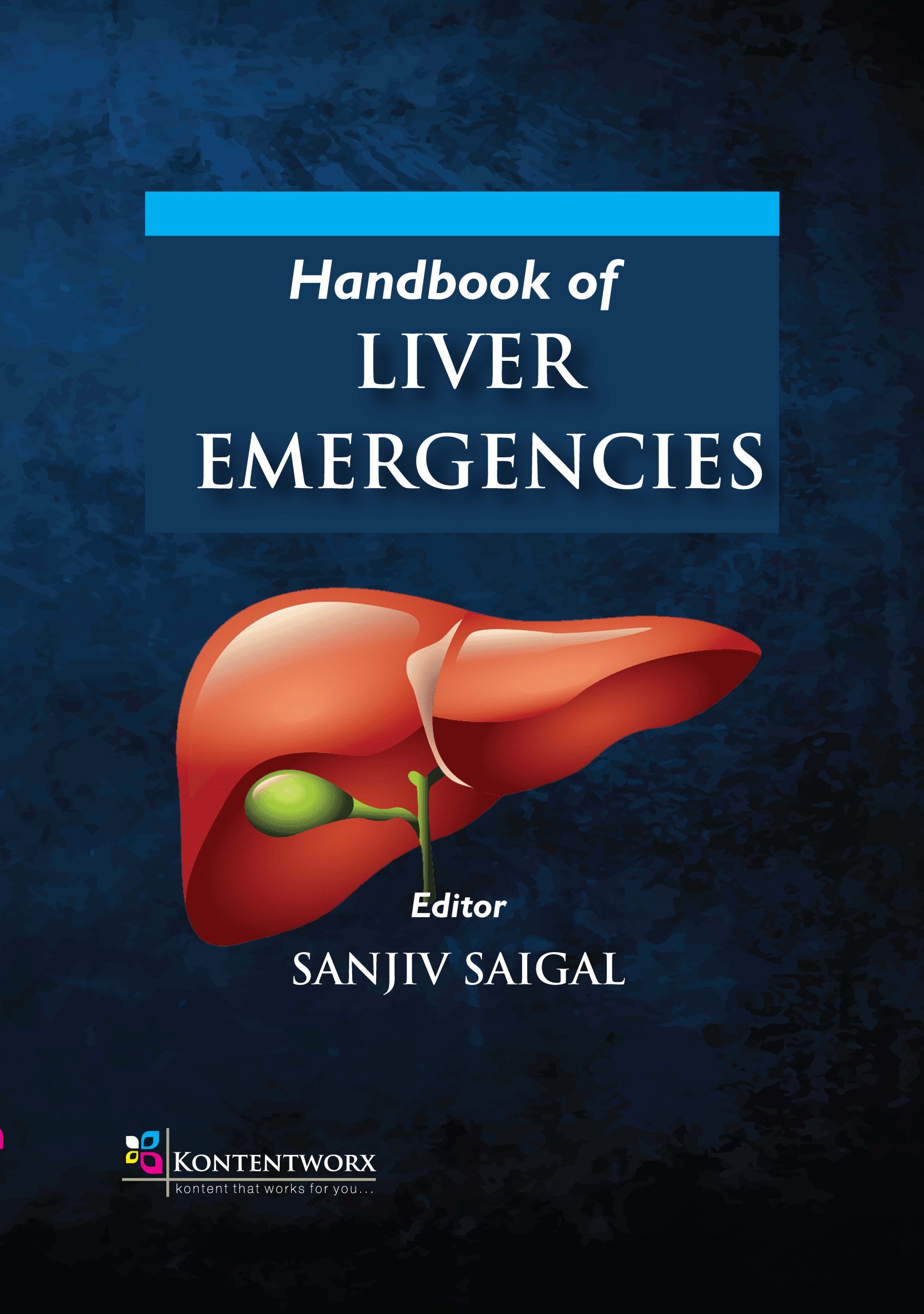


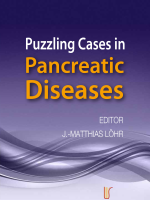
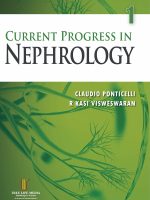
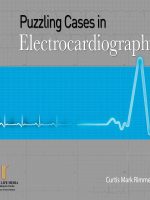
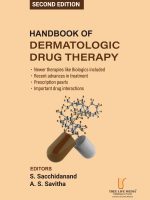
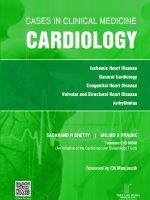

Be the first to review “Handbook of Liver Emergencies”